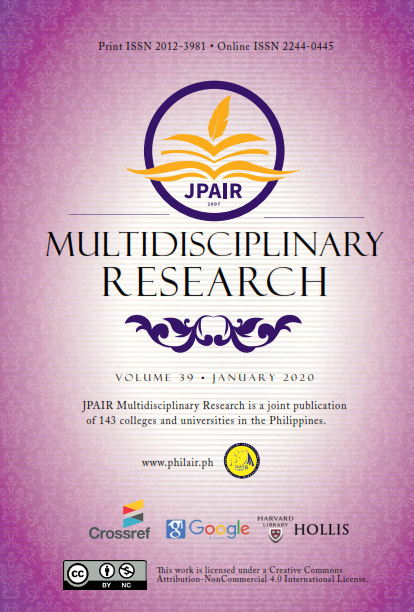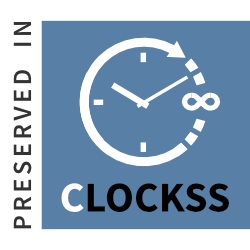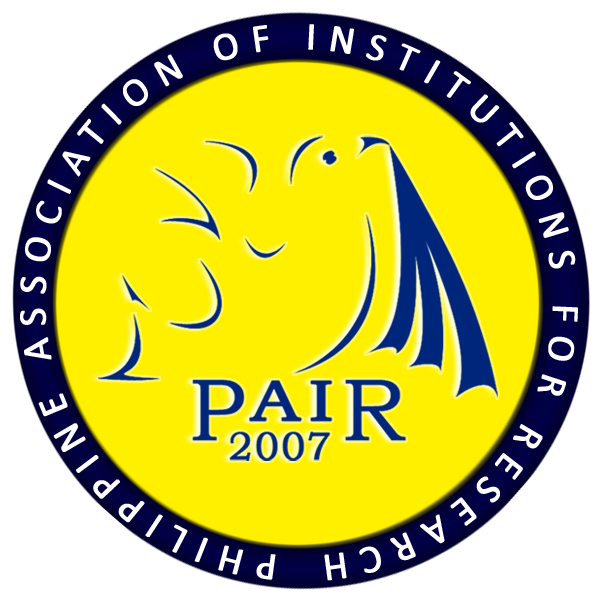Assessing the Senior High School Work Immersion with Partner Industries: Basis for Supervisory Work Plan
DOI:
https://doi.org/10.7719/jpair.v39i1.763Keywords:
Calamba City Senior High School, the preparedness of Senior High School students, descriptive design, PhilippinesAbstract
The researchers wanted to assess the preparedness of the Grade 12 students for work immersion in terms of punctuality, interpersonal relationship, efficiency, productivity, and safety. The descriptive method of research was used in this study. An online survey was conducted from 48 student respondents from Calamba City Senior High School who graduated during the school year 2017-2018 and 2018-2019 under the STEM strand. The results showed that students were prepared for work immersion in terms of punctuality, interpersonal relationship, and safety measures, as indicated in their responses. They were not as prepared as the first three mentioned indicators when it comes to efficiency and productivity, as revealed in the responses. Problems like the Attitude of superiors towards students, schedule of work, unapproachable co-workers, and tedious work were encountered. Based on the findings, the following conclusions were made: Grade 12 students were prepared for work immersion, and they need more activities to develop themselves to become efficient workers. There were problems encountered by Senior High School students during work immersion with partner industries that need to be addressed in school for them to adapt when they are in the actual workplace easily.
Downloads
References
Anoyo, J. C. V., Jimenez, J. I., Matunog, R. M., Mendoza, M. V., Sarmiento, R. S., & Mojares, R. E. (2015). Factors Affecting Work Performance of Criminology Interns in an Asian University. Studies in Social Sciences and Humanities, 2(4), 225-233. Retrieved from http://bit.ly/2w2uNpq
Downloads
Published
Issue
Section
License
Copyright (c) 2020 Irene L. Macalintal, Criselda M. De Chavez

This work is licensed under a Creative Commons Attribution-NonCommercial 4.0 International License.
Open Access. This article published by JPAIR Multidisciplinary Research is licensed under a Creative Commons Attribution-Noncommercial 4.0 International (CC BY-NC 4.0). You are free to share (copy and redistribute the material in any medium or format) and adapt (remix, transform, and build upon the material). Under the following terms, you must give appropriate credit, provide a link to the license, and indicate if changes were made. You may do so in any reasonable manner, but not in any way that suggests the licensor endorses you or your use. You may not use the material for commercial purposes.




















